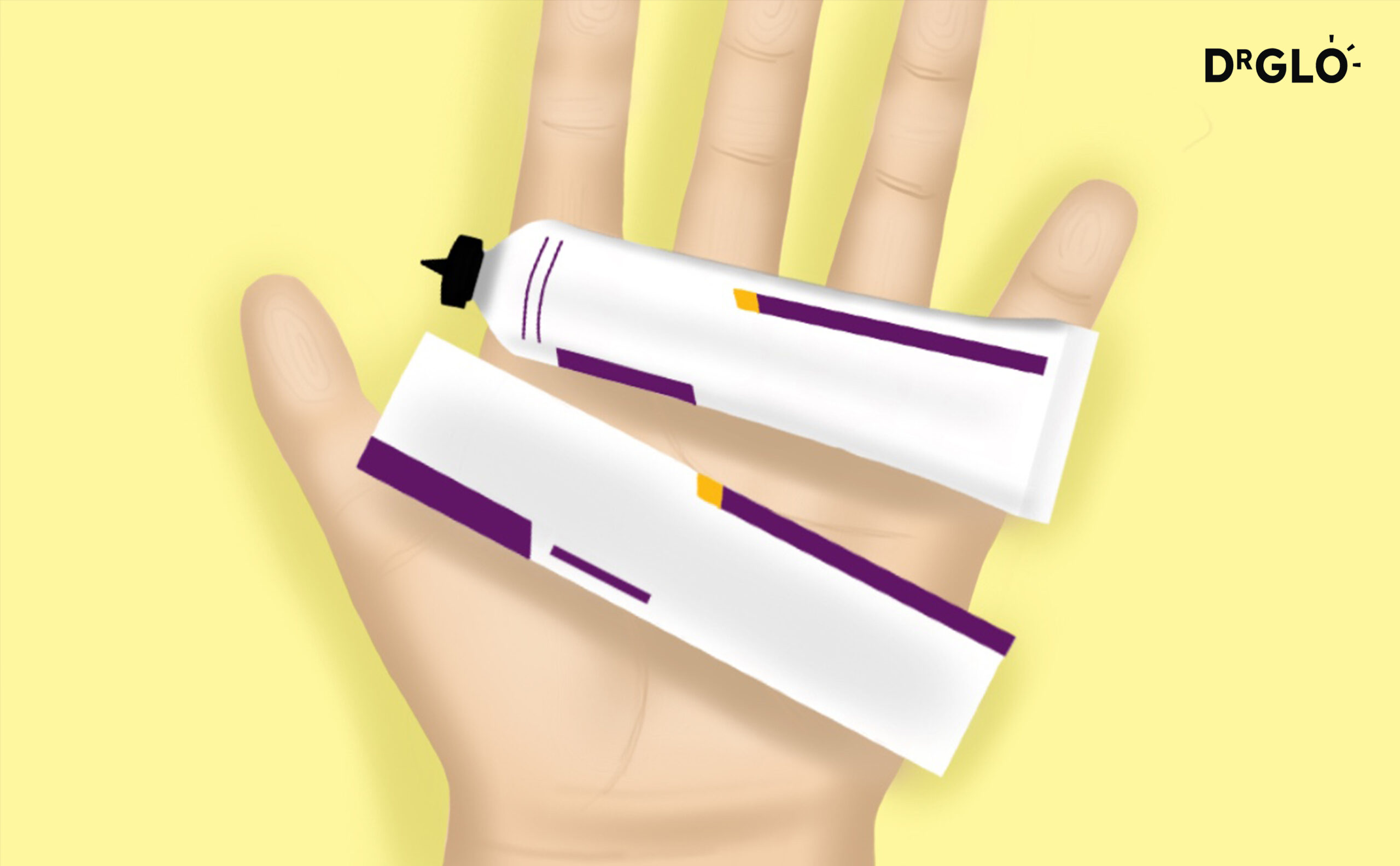
What is 5-fluorouracil (Efudix)?
Efudix cream is a prescribed cream that contains 5-fluorouracil as the active ingredient. It is used to treat precancerous skin lesions such as sun spots (actinic keratosis) and Bowen’s disease (squamous cell carcinoma-in-situ). Efudix belongs to a group of anti-cancer medications.
Efudix preferentially targets precancerous skin cells that multiply more quickly compared to normal skin cells. It is effective in detecting and treating precancerous changes on the skin that may not even be noticeable by the naked eye.
When Efudix is applied, it is expected that the areas with the precancerous cells will “light up” while the normal skin will not. During treatment, the skin will start to become red, inflamed, weepy, swollen and crusted. This is considered a normal response as it indicates the Efudix is working to eliminate the precancerous cells. Within 7 days of treatment, redness of the treated area is to be expected. By day 14, the response will likely be at its peak and can resemble a bad sunburn . Eventually, the skin heals, leaving some residual redness that improves over the next few months after treatment has finished.
Instructions
- In the morning and evening, use a soap free wash to cleanse the skin.
- Apply a thin layer of the cream to the affected area. Please take special care when applying around the eyelids, nose or lips. Avoid contact with the eyes and mouth.
- Ensure to wash yours hands with soap and water after use.
- During the treatment course, minimize exposure to sunlight when using Efudix.
- Efudix is usually applied twice daily to the affected area (morning and evening). If you miss an application, do not apply more at the next application.
- Please refer to the information leaflet about Efudix for more details about potential side effects.
- If the reaction is marked or severe, please contact your healthcare professional for further management. In the meantime, please stop the treatment until further notice.

EXTENDED READ

PRECAUTIONS
- Do not use if allergic to fluorouracil or any other ingredients in the cream
- Do not use if planning pregnancy (applies to both males and females), if pregnant or breastfeeding
- Do not use if on antiviral treatment for chickenpox or shingles
- Do not use if you have a known deficiency of enzyme dihydropyrimidine dehydrogenase as you may develop a severe skin reaction
- Do not use if you have an open cut, ulcerated or inflamed skin as excessive absorption can cause side effects
- Do not use if under the age of 18
 Common Skin Conditions
Common Skin Conditions Paediatric Conditions
Paediatric Conditions Skin Cancer
Skin Cancer Infectious Skin Conditions
Infectious Skin Conditions Other Skin Conditions
Other Skin Conditions Treatment & Management
Treatment & Management Prevention & Skincare
Prevention & Skincare


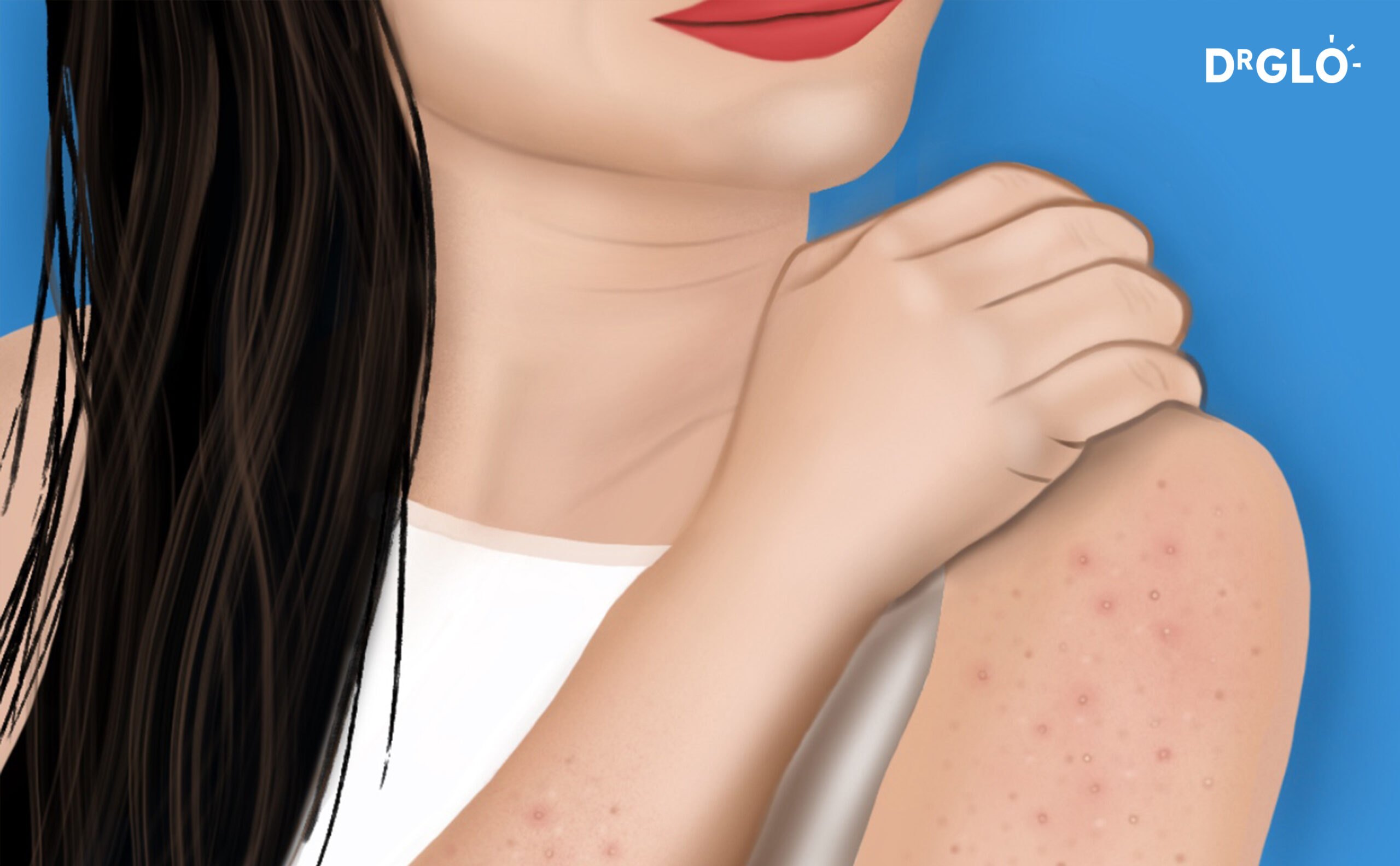

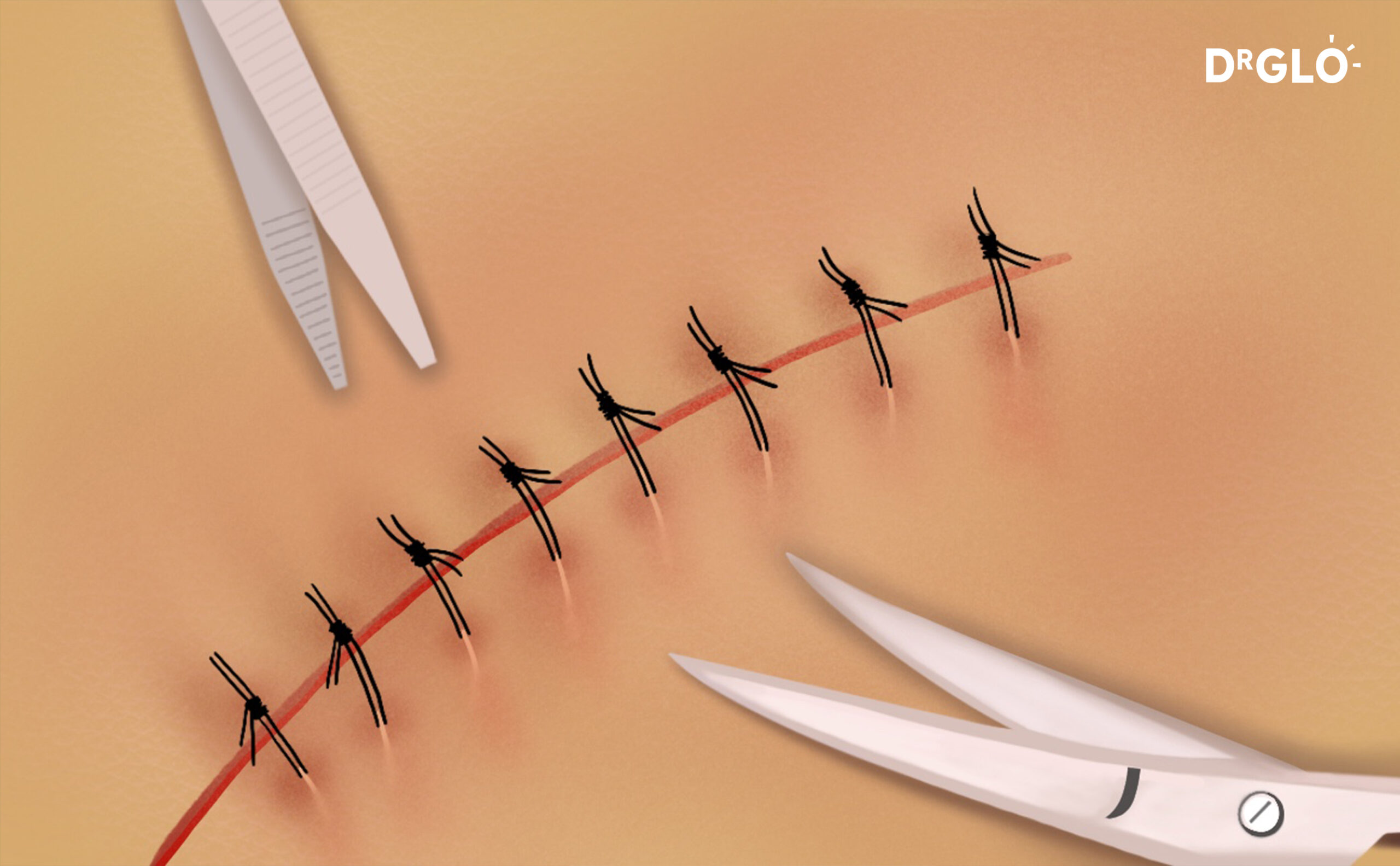
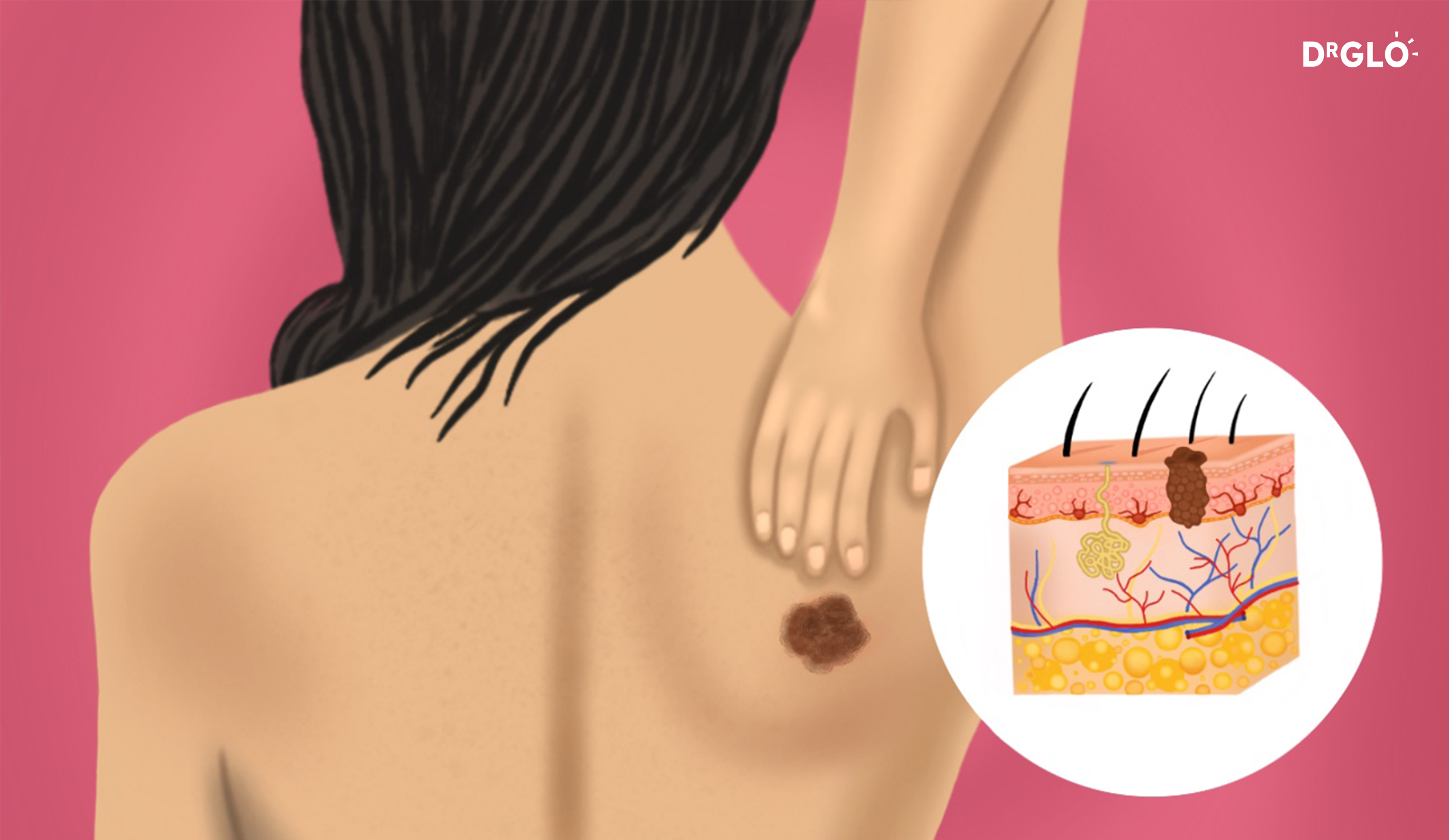
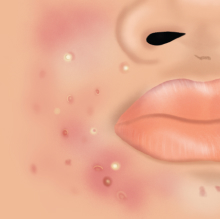

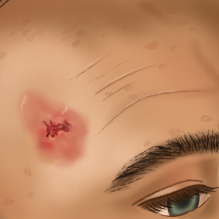

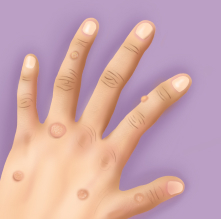

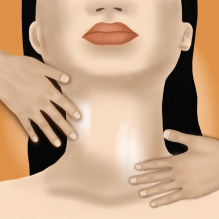
Popular Articles